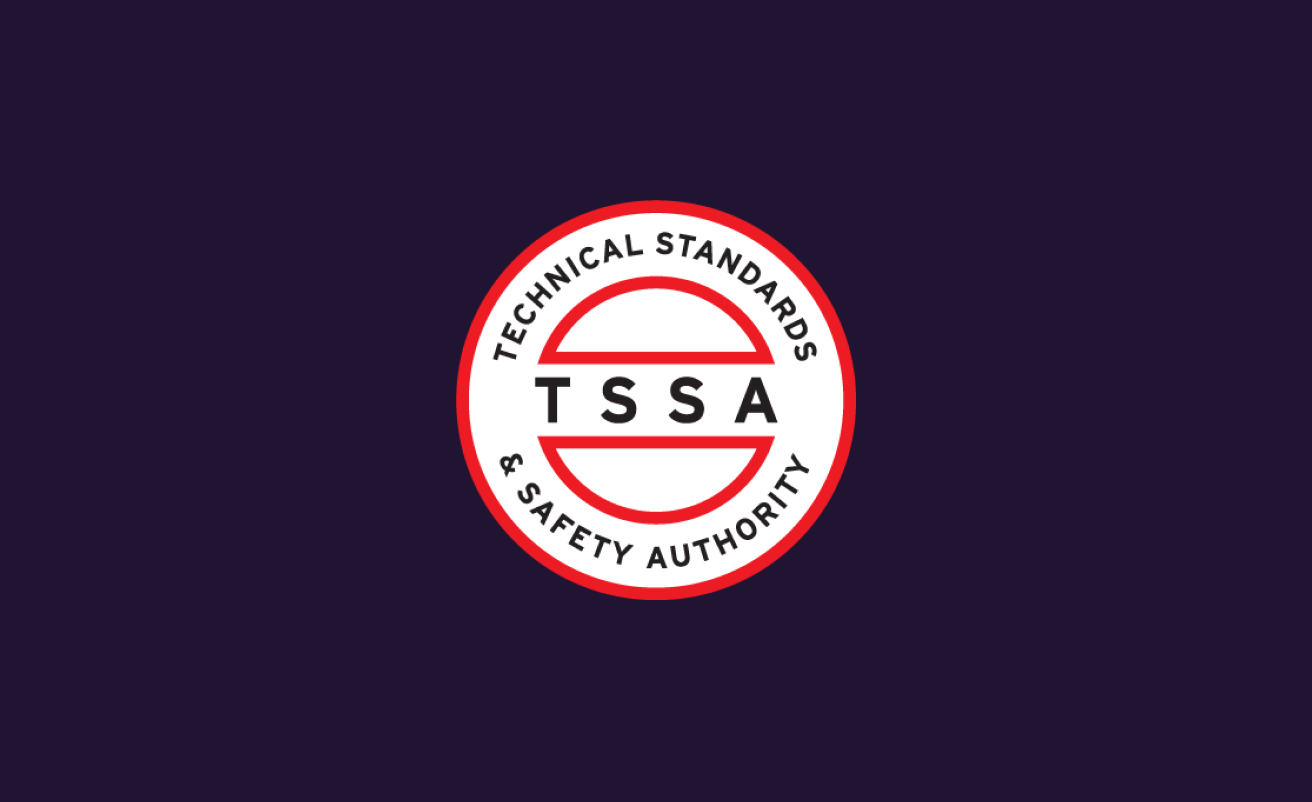
TSSA is getting ready to launch compliance standards for elevators, escalators, and ski lifts. Compliance standards promote and support the safety of employees, contractors, customers, and the public by focusing the efforts of TSSA, contractors and owners on promptly addressing high-risk non-compliances.
A compliance standard is a list that clearly defines high-risk items for specific devices. Evidence-based and data-driven, they were developed by analyzing hazards and risks found through inspection and incident history, with valuable input from industry. The compliance standard identifies non-compliances where TSSA will follow-up to confirm resolution.
The compliance standard is formatted like a checklist. It is intended to drive consistency in TSSA inspections and make it easier for regulated parties to understand their responsibilities.
While compliance standards clearly identify high risks, the regulated party is responsible for addressing all non-compliances on their inspection report. TSSA’s expectation is that the contractor and owner work together to ensure that these high-risk orders are no longer present when the inspector attends the site to complete a periodic inspection.
Compliance standards will be introduced into the periodic inspection program starting November 1, 2022. TSSA has made them available online in advance to allow industry time to prepare for when these standards come into effect, and they will remain on TSSA’s website for reference.
On November 1, TSSA will be rolling out compliance standards as follows:
Elevators
Escalators
Ski lifts
- Ropeways, Conveyors
- Above-Surface Passenger Ropeway
- Surface Passenger Ropeway
- Fibre or Rope Tow
- Conveyors
Items identified as high-risk during a periodic inspection are considered showstoppers. Inspectors will issue a standard order for these items to be rectified within a specific period of time, based on the level of risk the contravention poses and the severity of the contravention’s consequences to the public. In some cases, equipment may be shut down immediately and in other cases the owner will be given a deadline to correct the non-compliance. A follow up inspection will be scheduled to ensure all high-risk non-compliances have been addressed.
Other medium- and low-risk non-compliances are categorized as safety tasks. These items will be noted on the inspection report and reassessed during the next periodic inspection. Owners and operators are responsible for addressing these safety tasks to mitigate long-term risk and remain fully compliant with safety laws. However, TSSA will not follow up on these medium- and low-risk non-compliances but plans to audit select devices to ensure safety tasks are being resolved.
New inspection reports will make it easy for customers to know what is high risk and needs to be addressed immediately, and what needs to be done as part of a regular safety management plan.
TSSA will be hosting a series of live webinars in September 2022 to provide the industry with more information about compliance standards, demonstrate how they’ll be used and answer questions. Watch for more details to come during the summer.
For more information or questions about TSSA’s new compliance standards, please contact customerservices@tssa.org.
Benefits of new compliance standards that emphasize high-risk elements
- Ensure that regulated parties understand and address high-risk items within a specified timeframe and long before a periodic inspection
- Provide a clear list of items that pose a high risk to public safety for which TSSA inspectors will follow up
- Establish a follow-up program to ensure high-risk items are addressed and made safe
- Clearly indicate when devices need to be repaired or shut down
- Clearly define the responsibilities of owners and contractors
- Clearly outline the processes and consequences associated with non-compliance
The result is that everyone involved has a clearer understanding of what constitutes a high-risk item and how to keep their equipment safe.